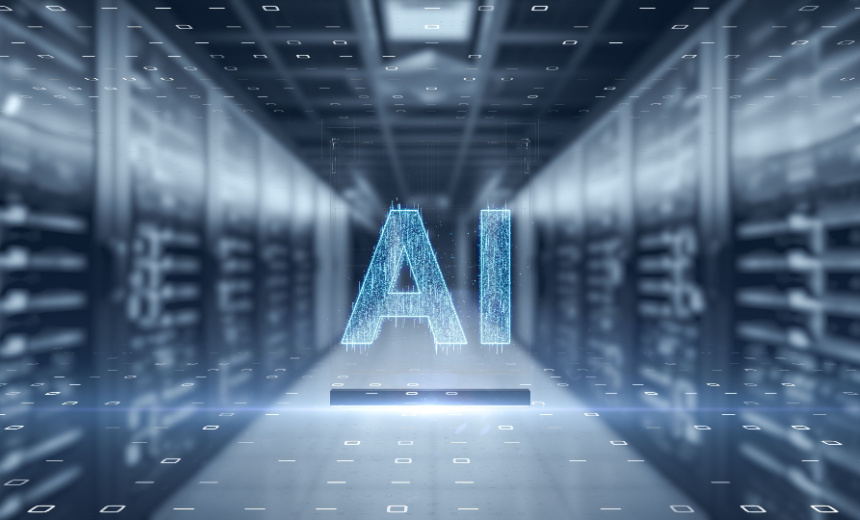Regulating AI Catastophic Danger Is not Straightforward
[ad_1]
Artificial Intelligence & Machine Learning
,
Legislation & Litigation
,
Next-Generation Technologies & Secure Development
AI, Safety Consultants Talk about Who Defines the Dangers, Mitigation Efforts

An attempt by the California statehouse to tame the potential of artificial intelligence catastrophic risks hit a roadblock when Governor Gavin Newsom vetoed the measure late last month.
See Also: New OnDemand Webinar | Overcoming Top Data Compliance Challenges in an Era of Digital Modernization
Supporters stated the invoice, SB 1047, would have required builders of AI methods to suppose twice earlier than unleashing runaway algorithms able to inflicting large-scale hurt (see: California Gov. Newsom Vetoes Hotly Debated AI Safety Bill).
The governor’s veto was a “setback for everybody who believes in oversight of large firms which are making vital selections that have an effect on the security and welfare of the general public and the way forward for the planet,” said invoice writer Sen. Scott Wiener. Critics stated the invoice was too blunt a measure and would have stymied the state’s AI tech business.
If the veto leaves the state of AI security regulation in the identical place when state legislators convened earlier this yr, proponents and detractors alike are nonetheless asking the identical query: What subsequent?
One impediment the pro-regulatory crew should grapple with is the shortage of a widely-accepted definition for “catastrophic” AI dangers. Little consensus exists on how practical or speedy the menace is, with some specialists warning of AI methods working amok and others dismissing considerations as hyperbole.
Catastrophic dangers are people who trigger a failure of the system, stated Ram Bala, affiliate professor of enterprise analytics at Santa Clara College’s Leavey College of Enterprise. Dangers may vary from endangering all of humanity to extra contained influence, similar to disruptions affecting solely enterprise prospects of AI merchandise, he instructed Data Safety Media Group.
Deming Chen, professor {of electrical} and laptop engineering on the College of Illinois, stated that if AI have been to develop a type of self-interest or self-awareness, the implications may very well be dire. “If an AI system have been to start out asking, ‘What’s in it for me?’ when given duties, the outcomes may very well be extreme,” he stated. Unchecked self-awareness may drive AI methods to govern their talents, resulting in dysfunction, and doubtlessly catastrophic outcomes.
Bala stated that almost all specialists see these dangers as “far-fetched,” since AI methods at present lack sentience or intent, and certain will for the foreseeable future. However some type of catastrophic danger may already be right here. Eric Wengrowski, CEO of Steg.AI, stated that AI’s “widespread societal or financial hurt” is clear in disinformation campaigns via deepfakes and digital content material manipulation. “Fraud and misinformation aren’t new, however AI is dramatically increasing danger potential by lowering the assault price,” Wengrowski stated.
SB 1047 aimed to stop unintentional failures and malicious misuse of AI. A key characteristic was a requirement for builders to implement security protocols, together with cybersecurity measures and a “kill swap,” permitting for the emergency shutdown of rogue AI methods. The invoice additionally launched strict legal responsibility for builders for any hurt brought about, no matter whether or not they adopted laws. The invoice calculated which fashions fell underneath its purview primarily based on how a lot cash or power was spent on their coaching.
David Brauchler, technical director at NCC Group, stated computational energy, mannequin measurement or the price of coaching is a poor proxy for danger. Actually, smaller, specialised fashions is likely to be extra harmful than massive language fashions.
Brauchler additionally cautioned in opposition to alarmism, saying lawmakers ought to concentrate on stopping speedy dangers, similar to incorrect selections by AI in safety-critical infrastructure, reasonably than hypothetical superintelligence threats. He suggested a proactive method to AI regulation, concentrating on harm-prevention measures that deal with current and tangible considerations, reasonably than speculative future dangers. If new risks emerge, governments can reply with knowledgeable laws, reasonably than pre-emptively legislating with out concrete knowledge, he stated.
[ad_2]
Source link

